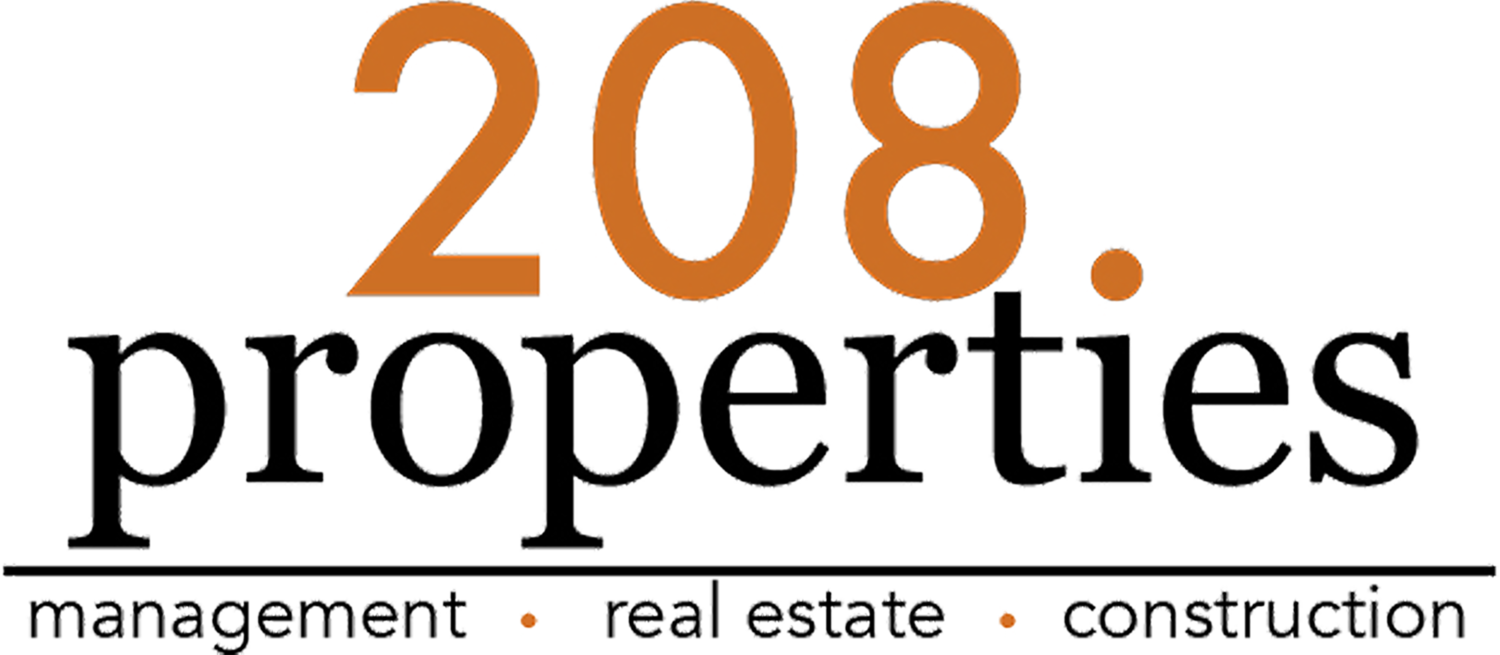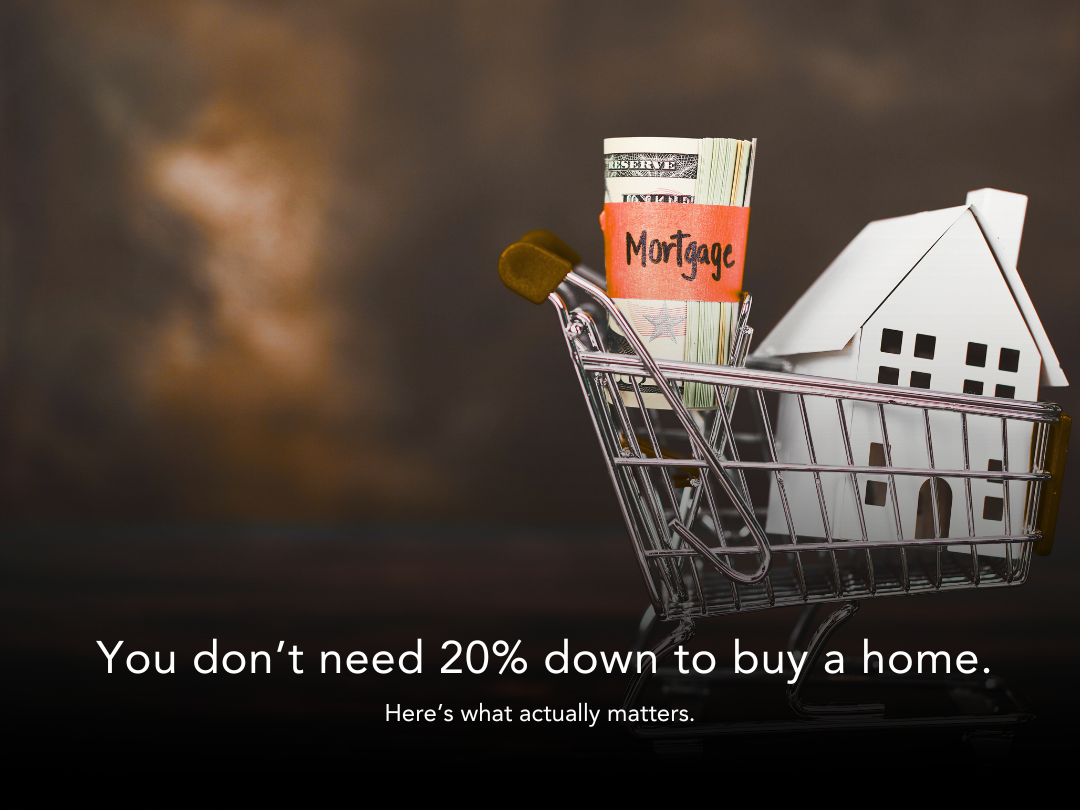Homebuyers navigating an already complex real estate market may soon face another hurdle: tariffs. With inflation showing signs of cooling and interest rates expected to gradually ease, many would-be buyers have been hoping for more favorable conditions later this year. However, a new wave of tariffs—particularly those on building materials—may complicate that outlook and put upward pressure on home prices in the near future.
What Are the New Tariffs?
In early 2025, the U.S. government announced expanded tariffs on a range of imports, including Chinese steel, aluminum, copper wiring, and manufactured goods such as cabinetry, flooring, appliances, and solar panels. These tariffs, some of which go into effect mid-year, are part of an ongoing trade strategy aimed at bolstering domestic production. While these policies may benefit certain U.S. industries, they also increase the cost of construction and renovation—key factors in the housing market.
How Tariffs Affect Home Prices
Tariffs act like a tax on imported goods. When those goods include building materials and home products, it increases the overall cost of construction. Builders, in turn, pass those costs along to buyers in the form of higher home prices. Here's how the timeline typically unfolds:
Q2 2025 Pricing Begins to Shift
As tariffs are implemented (many are expected to take effect in June and July), wholesalers and distributors raise prices in anticipation of reduced supply and higher costs.
Q3 2025 Construction Cost Increases Become Evident
Builders working on new projects begin to incorporate higher material costs into pricing. This applies both to new builds and to renovations of existing homes for resale.
Q4 2025 Inventory Tightens, Prices Rise
Homeowners considering renovations or flips may delay projects due to higher costs, tightening the supply of move-in-ready homes. New construction slows or becomes more expensive, leading to fewer affordable homes on the market.
Q1 2026 Market Fully Absorbs Tariff Impact
By early next year, the full ripple effects of the tariffs will likely be reflected in home prices, making it harder for buyers to find good deals—especially in the entry-level market.
Tariffs + Lower Rates = Surging Demand
Compounding the problem is the expectation that mortgage rates will begin to decline toward the end of 2025. If the Federal Reserve eases rates while tariffs are simultaneously driving up costs, it could lead to a surge in demand just as supply shrinks—accelerating home price increases even further.
This combination of factors could result in a counterintuitive reality: homes become less affordable even as borrowing becomes cheaper.
When Should Buyers Make a Move?
If you're in the market to buy a home, here are some key considerations:
Spring to Early Summer 2025 (Now through July)
This is likely the best window for buyers to act. Prices have not yet fully factored in higher construction costs, and sellers remain motivated amid relatively stable interest rates.
Late Summer to Fall 2025
Prices will likely begin climbing more noticeably. If you wait until mortgage rates drop, you'll face increased competition and may pay more for the same property.
Early 2026
Expect home prices to reflect full tariff-related inflation. Even if rates fall, the savings may be offset by the increased cost of homes.
Advice for Potential Buyers
Lock in a Price, Not Just a Rate
Many lenders offer rate-lock options, and some homebuilders offer price locks. Taking advantage of these can shield you from rising costs in the months ahead.
Look at New Construction Now
If you're considering a new home, acting before material costs spike may yield significant savings.
Get Pre-Approved and Stay Ready
Even if you’re still house hunting, getting pre-approved puts you in a strong position to act quickly as favorable listings appear.
The current tariff environment may seem like a distant policy issue, but its effects on the housing market are likely to be real and significant—particularly for buyers looking in the next 6–12 months. Acting sooner rather than later could mean the difference between securing a manageable monthly payment or stretching your budget to keep up with fast-rising prices. For many, spring and early summer 2025 may be the last chance to buy before tariffs and a rate-fueled demand spike push prices higher.







